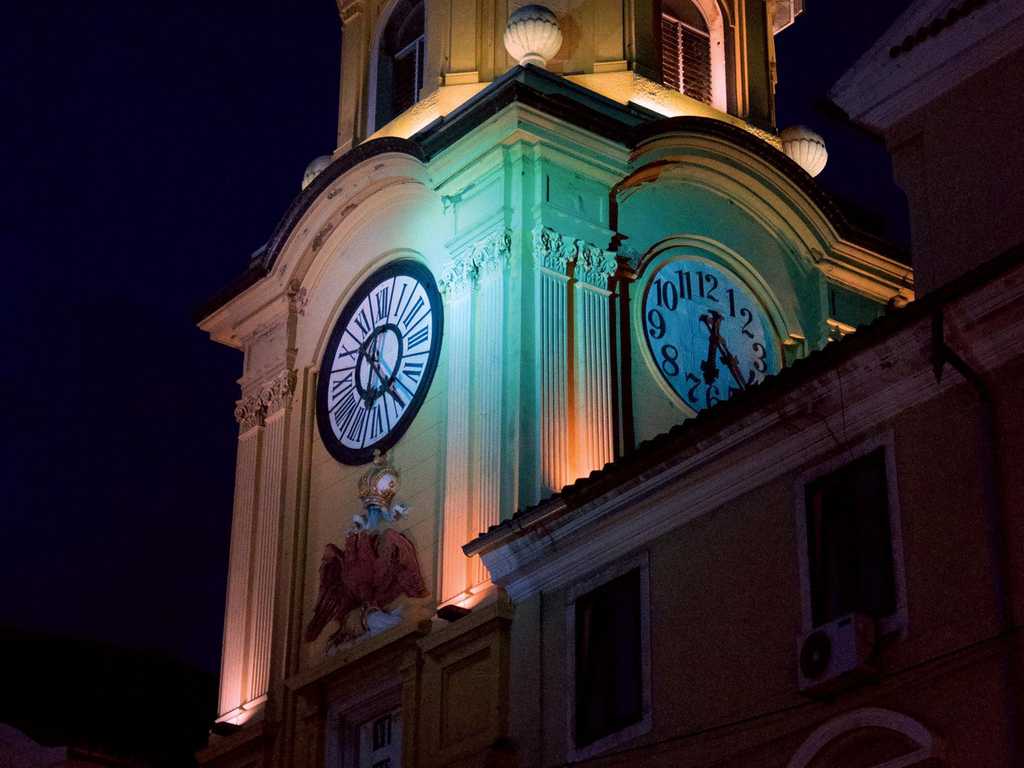My kind of place: Rijeka, Croatia
04 April, 2019

Why Rijeka?
As Croatia’s third-largest city and busiest port, as well as the home of the country’s largest carnival, Rijeka is a major transport hub through which many tourists travel, though few spend any real time there. With the city to become European Capital of Culture 2020 – the first Croatian city set to be awarded such a title – this is expected to change, with a sparkling and diverse cultural programme already in the making to captivate visitors.
Rijeka is on the country’s Adriatic coast and, while it is less glitzy than nearby Opatija, the city is well worth a stopover for a couple of nights. It is also a great springboard from which you can explore the surrounding Kvarner region and neighbouring Istria.
A comfortable bed
Grand Hotel Bonavia is Rijeka’s most impressive hotel and is located in the city centre. With excellent service, corridors hung with works by local artists and one of the finest restaurants in town, this the best place to stay in Rijeka. Double rooms cost from €130 (Dh509), including breakfast.
Hotel Navis, meanwhile, is an outstanding, modern design hotel in the bijou fishing village of Volosko, 12 kilometres from the centre of Rijeka. The impeccably stylish rooms come with sea-view balconies, luxurious beds and polished concrete walls hung with modern art, while the restaurant is astoundingly good. Double rooms there cost from €152, including breakfast.
A 15-minute walk along the waterfront from the centre of town will lead you to the old-style Hotel Jadran, which offers rooms with sea views and balconies. Double rooms cost from €97, including breakfast.
Find your feet
To explore Rijeka, start at the City Clock Tower, or Gradski Toranj, which was built on the site of one of the old city gates, on the Korzo, a long, pedestrianised high street. The old town (of which nothing remains, apart from a lone Roman arch) originally lay to the north. Walk along the Korzo, where you can see sculptures by one of Croatia’s most famous artists Ivan Kozaric, and pop up a side street to look at the small, unusually shaped St Vitus Cathedral – the design of which is based on the Santa Maria della Salute in Venice.
The Maritime and History Museum of the Croatian Coast, which showcases the city’s long seafaring tradition, and the Museum of Modern and Contemporary Art are also worth visiting.
Next year, Rijeka will live up to its new role as a capital of culture with a plethora of other artistic goings-on, including flagship projects such as the Brick House, an initiative aimed at developing creative skills in Rijeka’s residents and visitors.
At one end of the Riva, you’ll find the Jadrolinija building – a grand example of late 19th-century architecture. It is often called the Adria Palace, and its opulent facade is testament to the city’s glorious maritime history.
For the best view of the city, jump on a bus to Trsat, or if you’re feeling more energetic, climb the 500 or so steps to get there. There you will discover a small castle – once a stronghold of local nobles, the Frankopans – while the nearby Sanctuary of Our Lady of Trsat is one of the most important pilgrimage sites in Croatia. It is said the wood from the Virgin Mary’s home was kept in Trsat during its relocation from Nazareth to Loreto, Italy.
Meet the locals
The Korzo is the place to head for coffee, ice cream and people-watching, with Trg Republike Hrvatske and Koblerov trg particularly good spots. The other place to see a slice of everyday life in Rijeka is the covered market, housed in three Art Deco buildings near the National Theatre.
Book a table
Volosko is Croatia’s finest gastronomic enclave, and the restaurant at Hotel Navis offers one of the best fine-dining experiences in the country. Choose the four-course degustation menu, priced at 340 Croatian kunas (Dh194).
Konoba Feral is the best place to go to experience an authentic local konoba (similar to an Italian taverna and a little less fancy than a restaurant), where good seafood is served at reasonable prices. Black cuttlefish risotto goes for around 38 Croatian kunas, and premium fish starts at about 150 Croatian kunas per kilo.
Ristorante Spagho is also an excellent, stylish little spaghetteria-pizzeria near the Korzo. The scampi and rocket risotto is excellent and will cost you 90 Croatian kunas.
Shoppers’ paradise
Tower Centre is Rijeka’s largest shopping centre, but if you are looking to do a little souvenir shopping, then stepping into some of the smaller shops around the Korzo is a better bet. These include Sta Da? (a play on a local phrase meaning: “Really?”) at Uzarska 14.
Don’t miss
Make every effort to visit nearby Opatija for its grand old Habsburg architecture, and the waterfront promenade that stretches 12km along the coast. A trip to Volosko is also a must. Alternatively, it’s only a 45-minute drive from Rijeka to the Istrian hinterland, which offers wonderful medieval hill towns and exquisite truffles.
What to avoid
If you plan to visit Rijeka during the popular Hartera music festival in July, or the Fiumanka regatta in June, you’ll need to book accommodation well in advance.
Getting there
Emirates flies direct from Dubai to Zagreb from Dh3,750 return, including taxes, and it’s a two-hour drive from the capital to Rijeka. The city’s international airport is on the neighbouring island of Krk (a 30-minute drive from the city), and has direct flights to several European cities.
